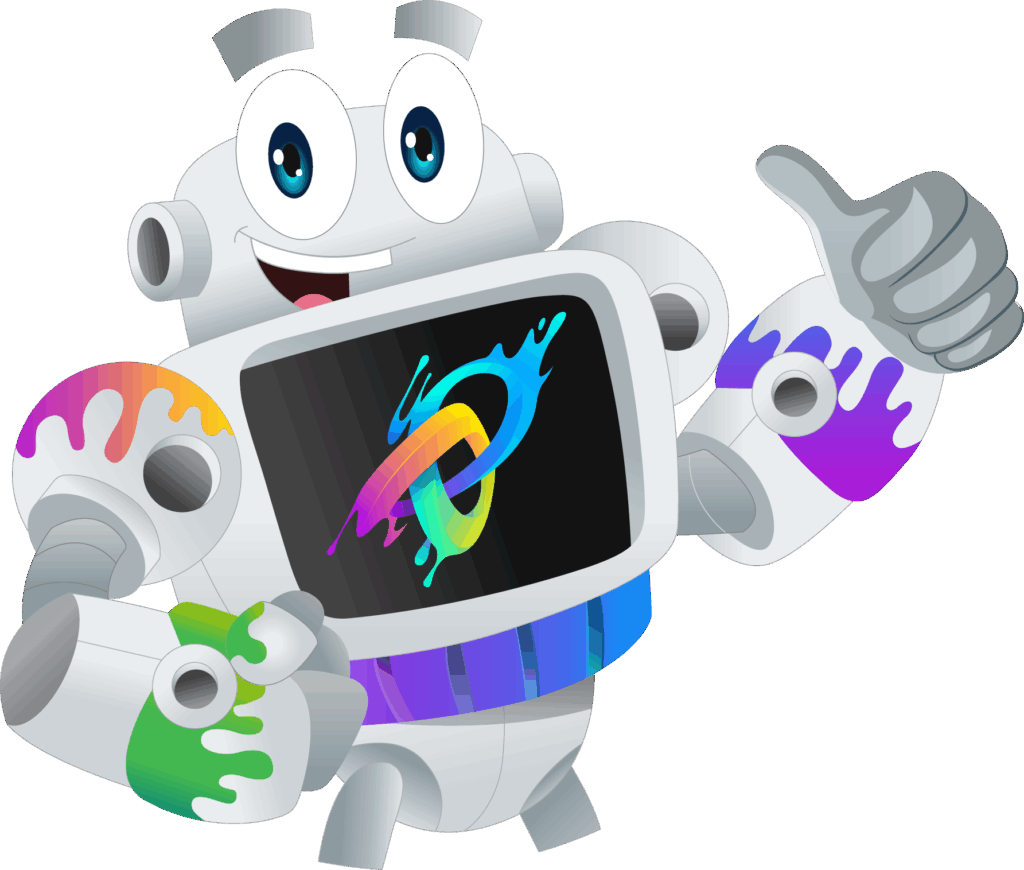Predict hourly demand and auto‑build compliant shifts for housekeeping, maintenance, front desk, and activities. Keep service levels high while reducing overtime and idle time—no spreadsheets, no guesswork.

Labor is your biggest controllable expense. In lodging, labor commonly represents 30–45% of operating costs and can exceed 50% of total expenses in some portfolios. Over‑staff and you burn margin; under‑staff and guest experience suffers. Weather, arrivals, late check‑ins, and events make manual scheduling unreliable.
The model ingests bookings‑on‑the‑books, pace, expected walk‑ins, site mix, housekeeping turnaround standards, and external signals (weather, holidays, local events). It produces an hourly demand curve for front desk, housekeeping, maintenance, retail, and activities.
The engine assigns qualified team members to shifts, honors availability, skills, cross‑training, split‑shift rules, breaks, and maximum weekly hours. It flags likely overtime before it happens.
If a storm fronts in or a large group arrives early, the engine proposes instant re‑rosters and mobile notifications—keeping service levels intact without scrambling.
We convert demand into FTE needed per interval using service‑level targets (e.g., max lobby wait time, rooms/sites cleaned per hour, SLA for maintenance tickets). This mirrors Cornell’s proven four‑step scheduling framework.
Predicts cleans by unit type and length‑of‑stay, then sequences routes to minimize walking time and idle gaps. Supports split cleans and VIP priority.
Forecasts expected tickets (seasonality + arrivals + weather), allocates techs by skill, and protects time windows for preventive maintenance.
Models arrival/departure curves and queue targets to set window staffing per hour—reducing lines without overstaffing.
Below is a real example of a Saturday in peak season: housekeeping cleans staggered to check‑outs, two cross‑trained techs covering maintenance spikes after a thunderstorm alert, and an evening front‑desk flex shift to prevent lines.
We integrate through your PMS or a no‑code connector to ingest reservations, arrivals, and unit data. Examples of PMS with published APIs include Campspot, Newbook, and RMS Cloud. We also support CSV drops where APIs aren’t available.
Push schedules and changes to email/SMS and display live dashboards in back‑office screens. Optional tie‑ins to smart locks and kiosks make last‑minute changes seamless at check‑in.
We request only the reservations and unit fields required to forecast staffing and build schedules.
No guest names are needed for allocation; we work with anonymized IDs wherever possible.
You choose how long operational data is stored; default retention is conservative and can be shortened to meet policy.
Your data never trains models for other parks.
Auto‑build schedules from arrivals and clean‑times; shave two overtime hours per Saturday while improving check‑in queue times.
Rebalance hours across departments; protect guest experience during lean weeks and avoid idle time during rainy stretches.

The Dynamic Staff Allocation Engine is included with CampVantage Premium and available as a custom standalone deployment for unique environments.
No. It replaces manual guesswork—not leadership. Managers approve schedules and can override any recommendation.
Once PMS access is in place and operational standards (clean times, SLAs) are defined, parks often see first schedules within 1–2 weeks. Actual timing depends on data access and policy complexity.
Yes. The engine enforces your break rules, max weekly hours, and split‑shift preferences. It also warns before overtime breaches.
We support secure CSV uploads or read‑only database snapshots. When your PMS exposes an API later, we switch over.
Yes—weather and local events are strong drivers of demand variability in hospitality; we factor them into forecasts and adjustments.

Get a tailored walkthrough using your demand patterns and service targets.